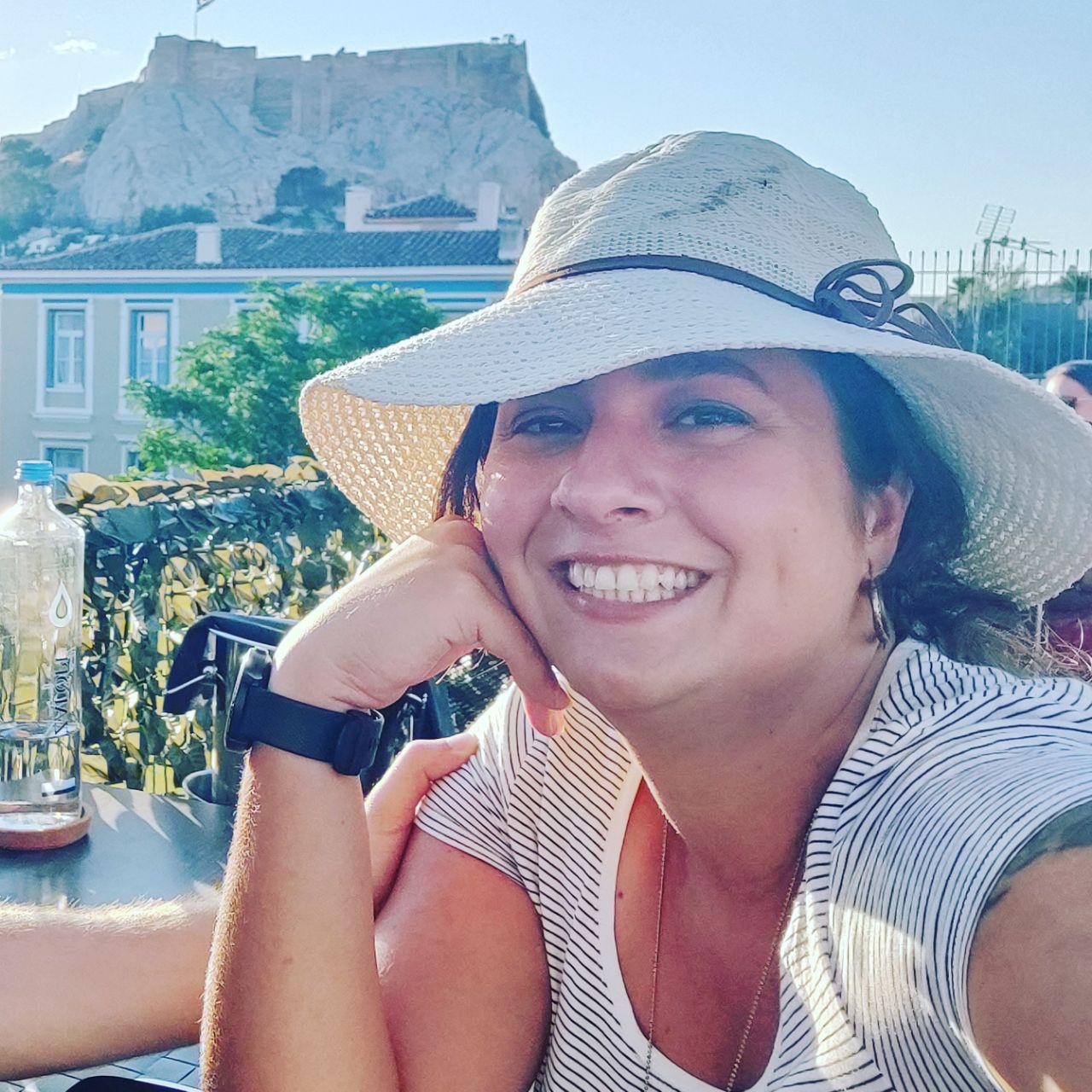Finally got some time to blog about the latest Language Jam, my favorite event in the language community. This edition happened at the end of March and it was exactly what I needed as a pandemic distraction. I knew this event was awesome because this was the second time I was participating, the time before that I got Scots Gaelic and I had a great time. It’s less of an event, and more of a self-study challenge. Except lots of people are doing it at the same time and we are able to share resources and help one another.
The main point is that you are assigned a random language, have a window of time you want to dedicate yourself to, and see how far you can get in the language. And no, you are not supposed to Learn The Language in just this timeframe. That is impossible and anyone that tells you otherwise is a lunatic. But you can actually get far enough to get the feel of the language, see how difficult or easy it would be to study it long-term, see how you like it, meet new people, learn something quirky and interesting, learn some history and be able to say “Hello, can I get a coffee, please? Thank you” and “Hi, I’m X. Sorry, I don’t speak A, do you speak B?”.
I’m not sure if this is specified anywhere, but I personally feel it’s important that it’s a language you wouldn’t otherwise choose to learn, just so you get to know something different. Who knows how surprised you will be? That means if you really want to, you can still pick a language out of a hat, challenge yourself and share your results. I don’t think you strictly have to follow the event’s schedule, I just think it’s more fun that way.
The choice
This time around, I was assigned Hebrew, with the possibility to switch to Persian. This was a really tough choice for me because of they offered similar challenge: both use a different alphabet and both are abjads (languages whose writing system is composed of consonants, leaving the vowel to be implied).
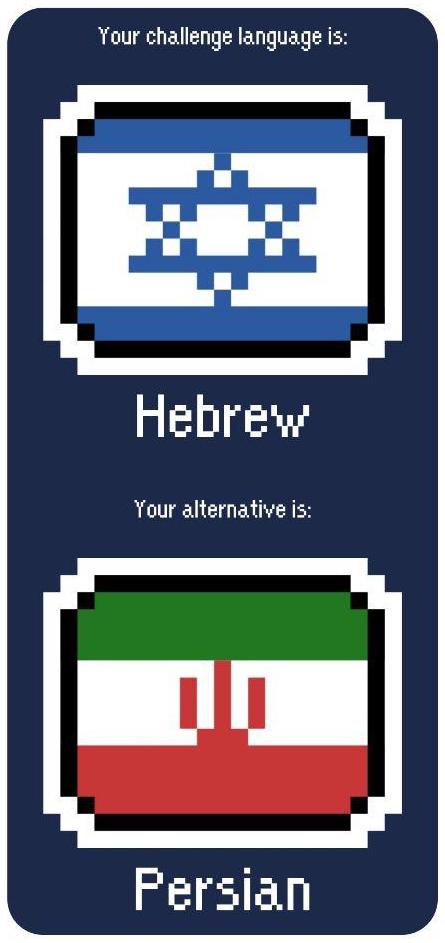
Hebrew has a very interesting characteristic of being a revived language. It went nearly extinct, being used only in sacred events, when it got modernized for daily-life and is now spoken by millions of people. Hebrew is a Semitic language, like Arabic, but Persian, even though it uses a variation of the Arabic alphabet, is actually an Indo-European language! That was something I did not know! After going down a rabbit-hole of how this Indo-European language traveled to the middle east into having currently 110 million speakers today, I also learned it has remained significantly consistent for over a thousand years! Turns out if you speak Persian, you might actually be able to read ancient poetry fairly well. I knew Icelandic also presented this feature, but I had no idea Persian also did.
By this time, I was nearly convinced Persian was the one. The fact that the learning of the alphabet would something that I could use later on as I still want to learn Arabic one day was also helpful, but the flock of Iranians being extremely nice and offering help on instagram was what really sealed the deal.
Then I found this, and I was sure I made the right choice. Have it in the background while you read the rest :)
Prep phase
The prep phase before the the weekend challenge is normally dedicated to finding and trying the materials you need for your learning, but for languages of different scripts you can also use this time to learn the alphabet. Turns out I spent maybe almost as much time trying to be really good at reading than learning a bit of the language, which is why this post is called one week of Persian and not one weekend of Persian. Either way, I am sure both the prep phase and the challenge weekend are customizable, so I was happy with setting my own goals.
Persian quick facts
- Persian is an Indo-European language with 110 million speakers.
- Persian has multiple dialects such as Iranian Persian or Farsi, Eastern Persian or Dari, spoken in Afghanistan; and Tajiki, spoken in Tajikistan.
- Persian used to be written in Cuneiform, then Pahlavi (an Aramaic-derived script), and then, since the islamic conquest of the Sassanian Empire, the Perso-Arabic alphabet, which is a variation of the Arabic alphabet with a few letters difference. Tajik, however, is written using the Cyrilic alphabet since the Soviet era.
- There’s no grammatical gender, nouns and pronouns are gender neutral.
- Most verbs are regular and they come in the end of the sentence.
- There’s a lot of word agglutination.
- No word begins with two consonants.
- Short vowels are ambiguous in writing and have to be implied through context. For example, kerm, kerem and karam (worm, cream and generosity) are spelled the same: کرم (“krm”).
- Although most words com from Middle Persian, around 25% of words have roots in Arabic.
- Classical Persian was a very prestigious language, used in numerous literary works and poetry, and was a lingua franca in a very large geographical area that extended very far up until India, where it was used as a court and administrative language until the 18th century.
- Persian is one of the oldest living languages of the world. It has changed very little since the islamic conquest, so it’s a roughly 1400 year-old modern language. Poetry and prose from the 9th century can be understood and enjoyed by contemporary speakers.
- There’s a lot of calligraphy art, called Nastaliq, which is very popular.
Materials
After digging a bit I found a lot of material. And exactly like the last time, I got way more material than I actually got time to use throughout the challenge, but that’s okay, because maybe I’ll get back to them one day ✨
Books:
My absolute favorite resource. I was not familiar with Lonely Planet phrasebooks and man was I missing out on something awesome. I already knew their travel guides and knew they were of superb quality, so I thought I would give it a shot. Oh my. I would pour endless money if possible and get one in every language. Really, it’s the best phrasebook I’ve seen. It’s an excellent gentle introduction to the language and culture, the book is beautiful edited as you’d expect from Lonely Planet, and it provides a short but thorough grammar reference which was exactly what I needed.
Read the first chapter and ended up not using because it was too thorough for the scope of this challenge, but would get back to it if I pick up Persian again in the future.
Oh this one was such an excitement and at the same time such a disappointment… Let me just say first that the content of the book seems great. I read the first few chapters and they give an incredibly interesting overview of the language history, which I loved. However, I bought an “enhanced ebook” which was supposed to come with audio, except it didn’t. So I couldn’t actually do any of the exercises, which really bummed me out and made me depend on other resources. But if it wasn’t for that I think I would love this course.
I’ve been trying this thing called laddering recently where you use other foreign languages to learn instead of using everything from your native or English as a way to keep them active and still improving, so I got this little gem. Unfortunately I did not get to it due to lack of time :(
Apps:
Persian isn’t available on Duolingo, which would be my default go to to get familiar with some words in a language just for fun, so I had to go look for other apps! I found Persian available at the following ones: (free) Polygloss (💖), Clozemaster, (not free) Ling, Rosetta Stone, Glossika, Mondly and Mango Languages.
Of course I was going to try using my own app! There weren’t many other players registered playing it on Persian and the game is a bit difficult for beginners (the app is indeed targeted at intermediate learners for now, so this is something I anticipated), but I had a lot of fun with it and would continue using it for Persian!
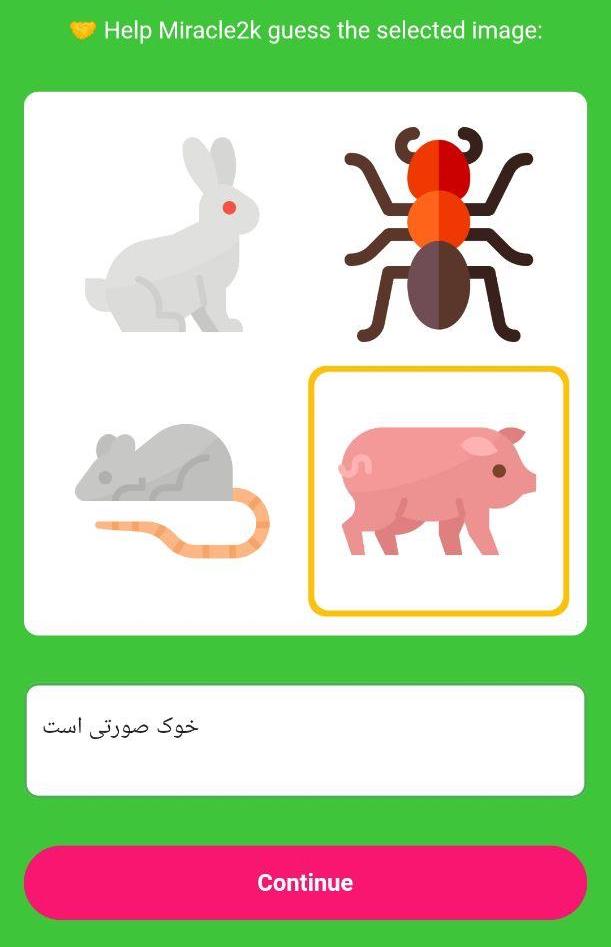
Ling was a very very pleasant surprise. Even though the app does not seem to be free, the initial part of the content is, so I didn’t pay for any of what I went through during this challenge. The lessons are similar to other language apps, with vocabulary introduction and exercises like filling the gap and reordering sentences. What I really loved about it were the dialogues in the end of the lessons. Ling also has a very rudimentar chatbot, which is actually more of a branched dialogue role play, but it is still very fun as a learner. I would 100% countinue using this app.
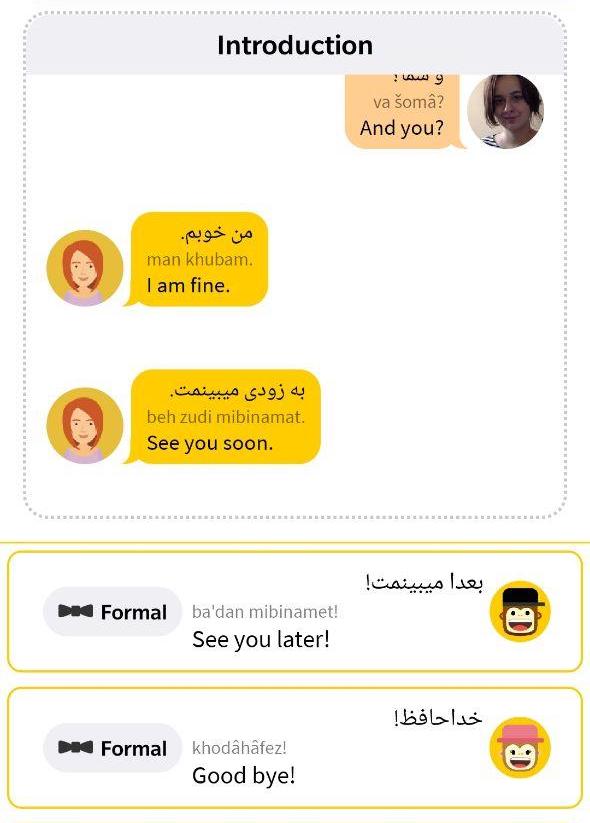
These are other tools I used that I recommend a bunch. Because Google and Bing translate don’t offer IPA notation, transliterations, diacritics or speech-to-text in Persian, once you encounter a novel word there is no way to know exactly how it is pronnounced. Most of the dictionaries online also don’t offer any hints, but these were the tools I found that did. Langenscheidt is more complete and has sentence examples, so I recommend this if you can speak German. PersianPod101 dictionary has audio which is very cool but it’s also less complete.
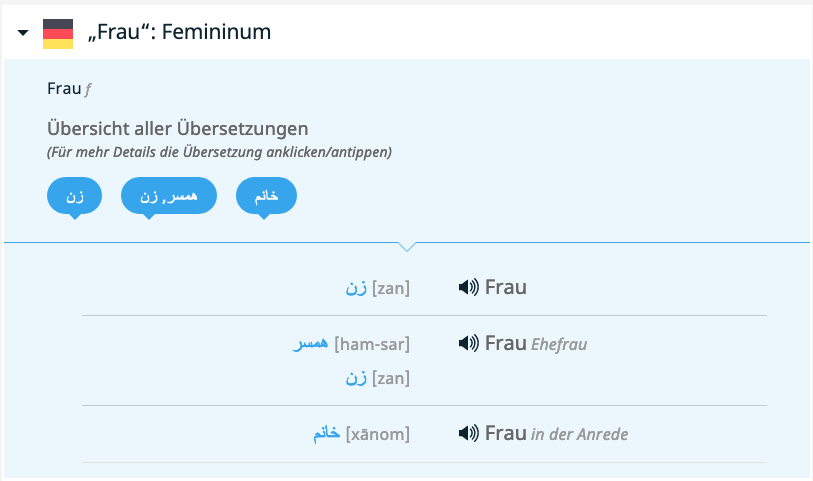
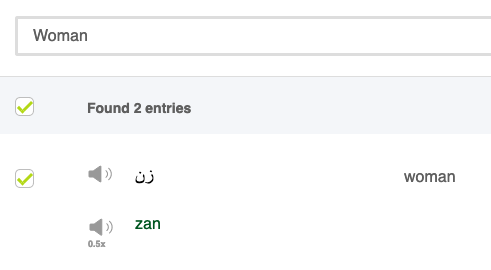
- Others:
Mango was interesting because it showed diacritics for the vowels, which I found super useful and wished Ling also did. The lessons were all in audio, which allowed me to go through it while doing something else, but I found them dull so I didn’t go beyond the free trial. I also tried Glossika but honestly either I didn’t know how to use the app at all, or it was designed for a higher level, but I was entirely lost so I gave up. I was already familiar with Clozemaster for German, and I wasn’t really fond of it because I don’t like flashcards (and I could write a whole other post about that), but if you are into it, then I do recommend this app. I have not used Rosetta Stone before, but it is an expensive app that I don’t trust. My partner has used it for Portuguese before (my native language) and didn’t think it was worth it. Other than that, I also used Instagram a lot to chat with people, collect example sentences and share materials.
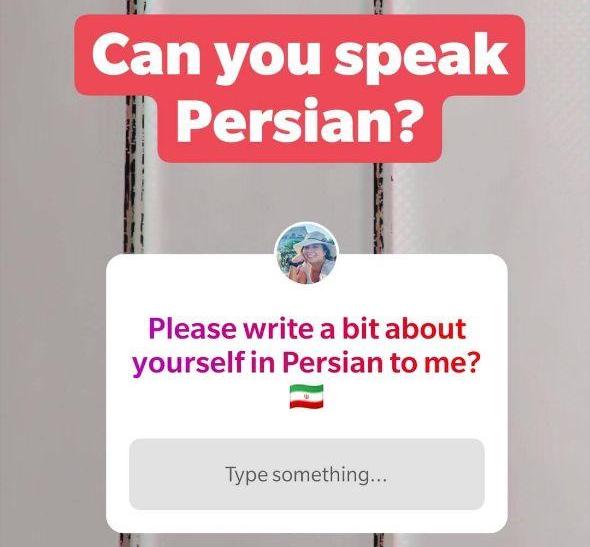
Youtube:
-
PersianPod101: I was familiar with this company because I use them for Greek and I was very happy to learn it was available in Persian too. However in Greek I was going through their “Listening Practice for Beginners” and this was the first time I watched on of their “X language in three minutes”. I went through all of the videos and I learned a bunch, but to be honest they are too slow for me. Overall it was good.
-
Music!
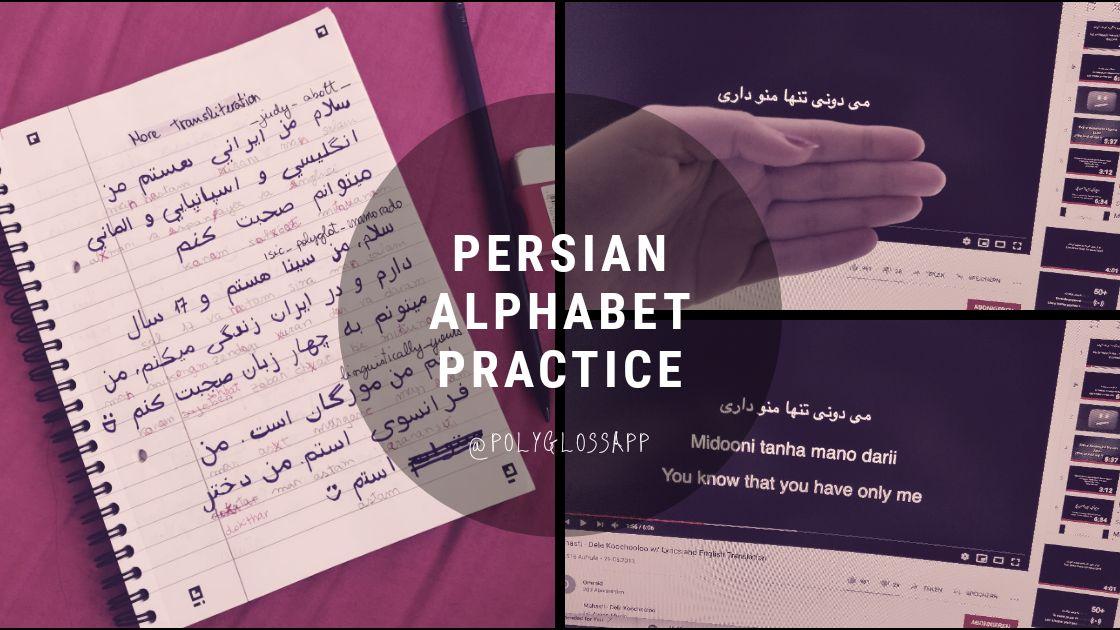
With the help of my new found Iranian instagram friends, I got a list of artists from which my favorites were Marjan Farsad and Googoosh. I then started looking on YouTube for the songs that had subtitles with English translations and made a playlist with 60 Persian songs for studying. I even found many songs with three-fold texts: Original Persian lyrics, English translation and the transliteration of Persian words into latin characters. I did not care about the English translations as much, as I used those as exercises to be able to write and read the alphabet and get familiar with the sounds, so I was very happy with the songs that provided transliteration.
Food Recipes:
I believe that learning a language is a door to learning more about people and their culture, so I was very curious to try out some iranian food. I figured why not collect some food recipes and use them to study as well? Here are some dishes I was told were typical (they all look amazing!):
- Abgoosht آبگوشت - Chickpea stew with Lamb, also called dizi دیزی
- Ghormeh Sabzy قورمه سبزی - Herb stew
- Adas Polo عدس پلو - Lentil rice
There were two main websites I was using to look up Iranian dishes recipes: https://irancook.ir (in Persian) and https://persianmama.com/ (in English), but the links above are from irancook.
Weekend challenge
The challenge started on the Friday, which I took as a lighter introductory time as it’s still quite a busy day. I used it to make a plan, test some of the materials I had found and listen to the playlist I made.
The rest of the weekend went smoothly, I got a lot of study done on Saturday, so even though on Sunday I was a bit overwhelmed with life and didn’t get much done, overall I was very satisfied with my progress. I managed to get a lot more comfortable with reading and writing. Even though I was struggling with the vowels, I noticed I would guess the correct ones more often now. I learned many useful expressions, could order a coffee and introduce myself, ask the price of things, understand numbers and be polite. On Saturday night, after some copious amount of wine (so don’t judge me so hard), I recorded a small video introducing myself, which you can watch here:
Post-challenge conclusions
I was very pleasantly surprised with the Persian language. Although pronunciation is difficult, it is fairly regular. I will do some comparisons with German because it’s one of the languages I have been learning. The word order in Persian is a bit tricky, but it is also fairly regular, unlike German where you have to learn the different situations and prepositions that alter word order. Cases are indicated by pre and postpositions, have only one form and don’t cause declensions! From two verb roots you can derive almost all of the other verbs and there is no grammatical gender. All in all I would say this language is very easy to learn compared with German. As others have said, it’s the Italian of the Middle-East.
This was a very interesting language and if I wasn’t already so busy with other languages and other things I would definitely give it a longer shot. I hope I come back to it in the future, perhaps if one day I have the opportunity to visit Iran. I have received a lot of support of Iranians on instagram during my learning and they were all so nice that now I feel even more motivated to visit one day. But I would like to thank @isic_polyglot_enomorado especially, for sharing a lot of examples, materials and giving so many suggestions of music and food to try.
Given the quarantine, my ingredients were limited, but turns out I apparently had most of the ingredients to make Adas Polo (lentil rice) at home, so I gave it a shot. I followed the recipes I found online when studying the alphabet and made some necessary substitutions which I think worked out pretty well. I had saffron for the rice and cumin, turmeric and raisins for the mince meat, the saffron especially seemed essential as it’s what gives the rice its color, but some websites said I should put cardamon, which I didn’t have any, so I added bay leaves instead. I’ve never eaten Iranian food before so I’m not sure how it’s supposed to actually look or taste, although I have to say the result was fantastic! It’s definitely getting incorporated to my home cuisine now as it’s not very difficult to cook, can be made in large quantities and stored for later, and tastes incredible 💯
~The end~
I hope you enjoyed this post and consider learning Persian, joining in the next Language Jam, or practicing languages with Polygloss 💖
